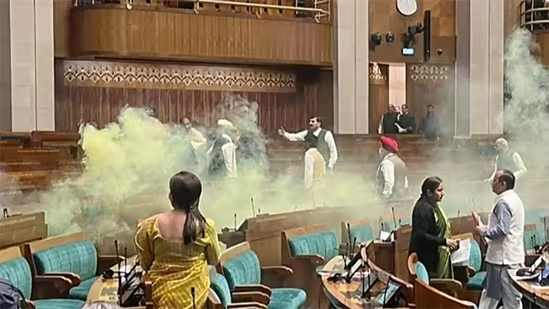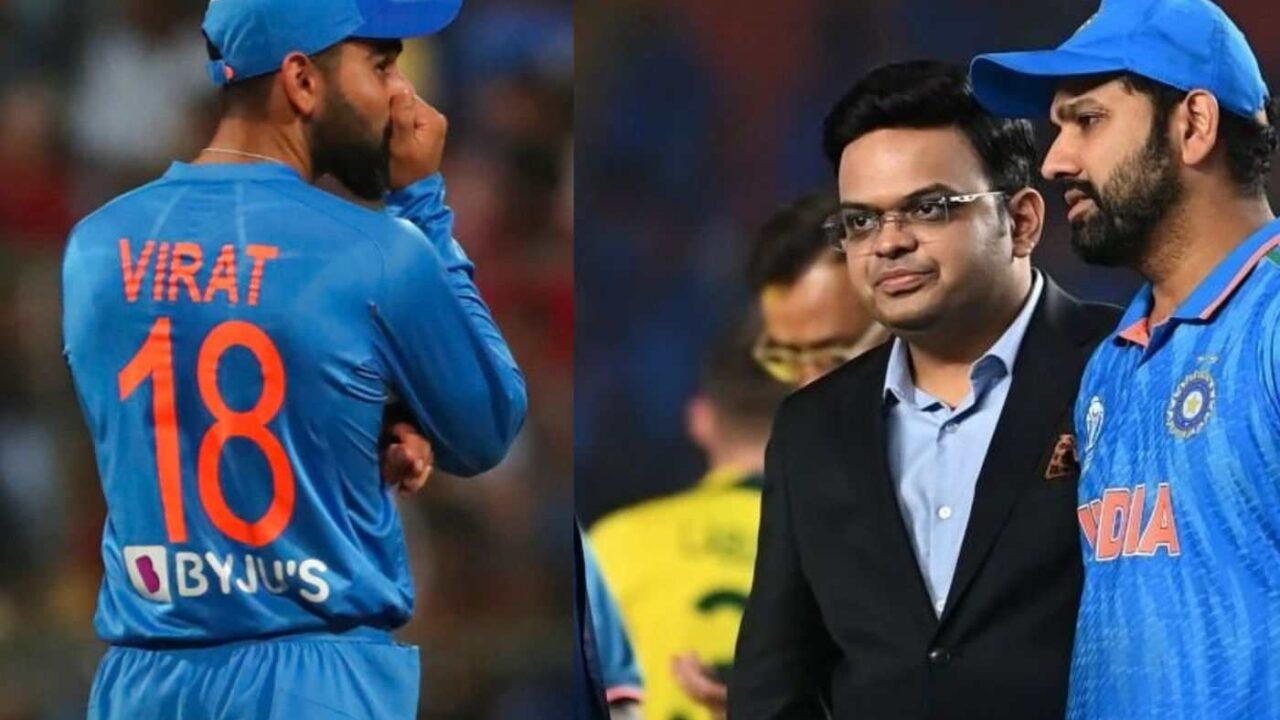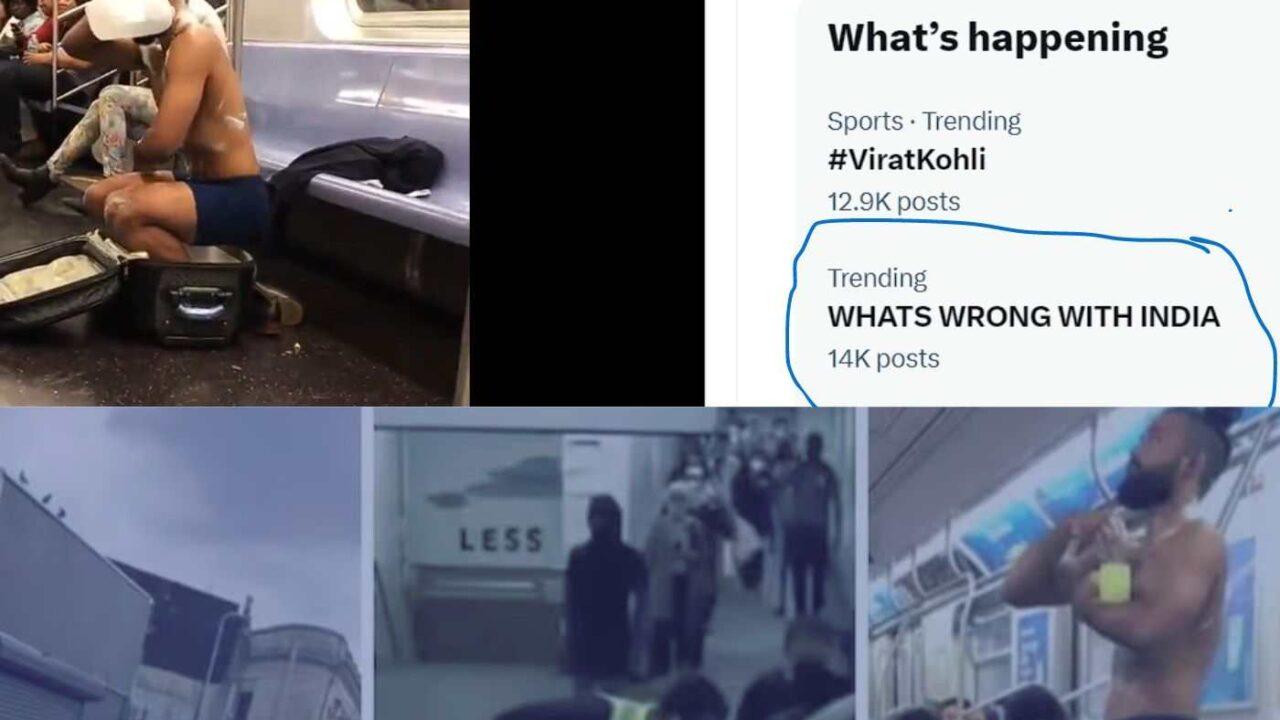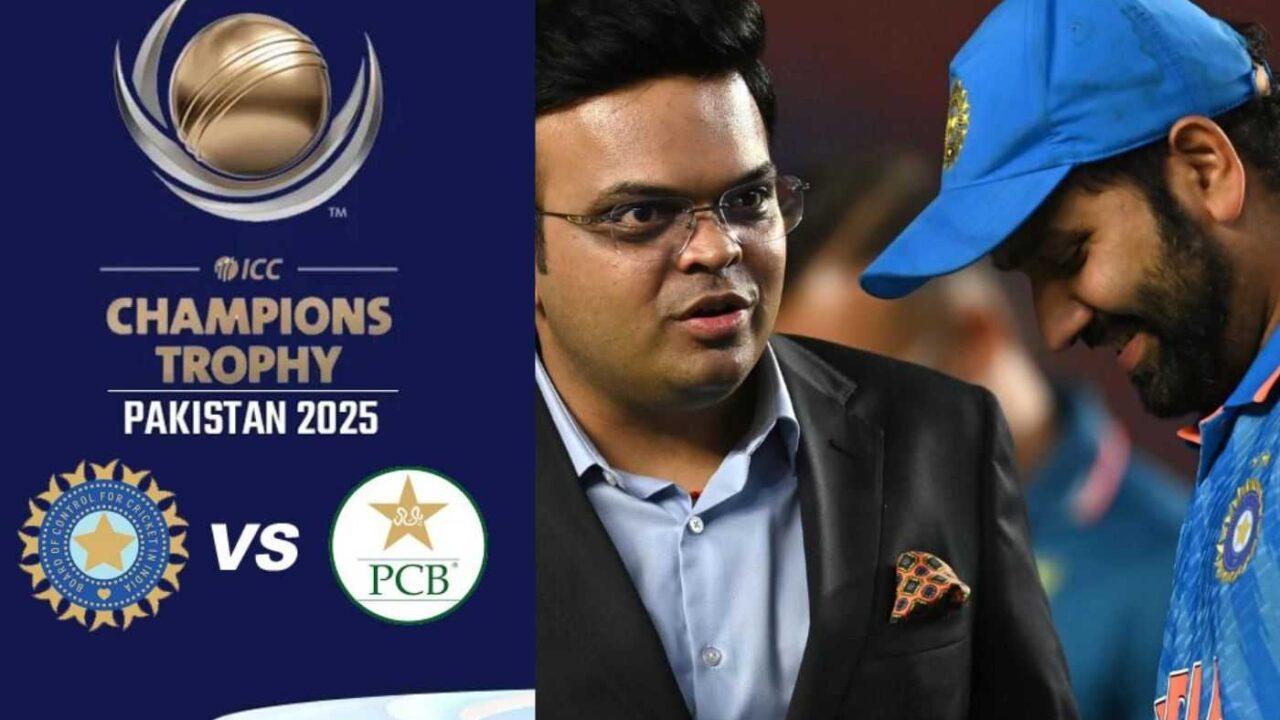On Wednesday, 22 years after the attack, memories of the Parliament attack resurfaced due to a significant security breach in the Lok Sabha. In 2001 Parliament attack by a group of five terrorists from Jaish-e-Mohammed and Lashkar-e-Taiba.
This breach jeopardized the security of one of India’s most protected places. The Parliament attack in 2001 could have been much worse if a combination of bravery and luck hadn’t worked in India’s favor.
Incident Again Happened After 22 Years
आज से 22 साल पहले देश की संसद पर आतंकी हमला हुआ था जिसे #2001parliamentattack के नाम से भी जाना जाता है। 13 दिसंबर 2001 को हुए इस हमले में 5 आतंकियों को गिरफ्तार हुए थे, जिसमें भारत के 5 जवानों के साथ सीआरपीएफ की एक महिला कॉस्टेबल और दो सुरक्षाकर्मी शहीद हुए। जानते हैं… pic.twitter.com/fyLs5ahp3z
— SA News Channel (@SatlokChannel) December 12, 2023
On Wednesday, 22 years after the 2001 Parliament attack, there was a security breach in the Lok Sabha. Two intruders threw smoke canisters, causing confusion. Unlike the 2001 parliament attack that involved gunfire, a suicide bomber, and casualties, this recent incident was limited to smoke.
Back in 2001, a group of five terrorists, armed with Kalashnikov rifles and grenades in backpacks, carried out a shocking suicide attack in front of the Parliament House. All five attackers from Jaish-e-Mohammed and Lashkar-e-Taiba were killed in the end. Six courageous security personnel and a gardener lost their lives in the gunfire, with 18 others, including 12 security personnel and a TV cameraman, getting injured.
Full Story Of 2001 Parliament Attack
There were three layers of security around the Parliament building. The first one, controlling entry, failed, but the quick response of the other two layers prevented terrorists from getting inside and causing a massacre.
According to the report, at some point during the attack, the terrorists were just a meter away from the entrance to the office of the then Rajya Sabha Chairman, Vice-President Krishan Kant. However, the fast action of closing the doors stopped them from entering the building.
The terrorists arrived at the Parliament House in a white Ambassador car with a Parliament access sticker. They drove towards the Vijay Chowk end, but their path was blocked near gate 11 by cars from the Vice-President’s convoy. This unexpected obstacle turned out to be fortunate for the country.
The driver of the white Ambassador hit one of the convoy vehicles and stopped near the Rajya Sabha lawns. The Vice-President’s security guards were alerted by then.
Parliament House security officer JP Yadav raised an alarm on his walkie-talkie. The terrorists started shooting, and Yadav was killed, but he managed to send out the crucial alert.
CRPF constable Kamlesh Kumari tried to stop the terrorists but was killed. Gardener Desh Raj, who was taking care of the Rajya Sabha lawns, was also killed.
How Security Officer JP Yadav Managed To Alert The Other Security Guard?
वीर शहीदों को कोटि कोटि नमन 🙏#2001parliamentattack pic.twitter.com/GmdF7fOzr8
— Anita Kundu (@IamAnitaKundu) December 13, 2023
Four terrorists climbed over a wall past gate 11, changed into military clothes, and carried assault rifles and grenades. They rushed towards gate 5, where the Prime Minister usually entered, while security personnel prepared for then Prime Minister Atal Bihari Vajpayee’s arrival.
Thanks to the alert from Yadav, all doors to the Parliament building were quickly closed. As the terrorists ran towards gate 5, CRPF personnel fired at them. Three terrorists were killed near gates 8 and 9. The fourth tried to climb to the first floor using a Doordarshan cable, got shot, but continued towards gate 5, throwing grenades before being killed by bullets.
Another terrorist headed towards gate 1, shooting and throwing grenades while shouting pro-Pakistan slogans. He reached the main entrance and detonated himself on the stairs.
The terrorists aimed to break into Parliament, create chaos, and possibly take hostages. They carried dry fruits, suggesting preparation for a hostage situation. Investigators found 30 kg of explosives in the Ambassador car, indicating a plan to ram it into any entrance.
The plan didn’t succeed for several reasons: all doors were sealed, the wall between gates 10 and 11 was an unexpected obstacle, and the collision with the Vice-President’s car disrupted the explosives, preventing detonation. Bravery and some luck prevented a much worse outcome 22 years ago when terrorists targeted India’s heart of democracy.
How India Investigated After The Attack And What Was The Consequence OF Attack?

After the 2001 Parliament attack , Indian investigators quickly looked into who was responsible. They found strong connections to militant groups in Pakistan, especially Jaish-e-Mohammed and Lashkar-e-Taiba. These groups were linked to planning and carrying out the attack.
Finding the Culprits: The five terrorists who actually carried out the attack were identified. They were members of extremist organizations with ties to Pakistan. Investigators worked to uncover the main people behind the operation and those who supported the attackers.
Fixing Security Issues: The investigation also checked why the terrorists could get into the well-protected Parliament. It showed there were security mistakes. After this, they improved security to prevent similar incidents.
Consequences
- Trouble between India and Pakistan: When it was revealed that the attackers had connections to militant groups in Pakistan, it caused a lot of problems between India and Pakistan. India accused Pakistan of supporting terrorism and giving a safe place for extremists. Other countries wanted them to talk and solve the issues peacefully.
- Making Things Safer: After the Parliament attack, India made changes to be safer. They upgraded security, especially for important government places. The event showed that they needed better sharing of information and coordination among security groups.
- Getting Ready for a Fight: Both India and Pakistan got their armies ready after the attack. People worried it might lead to a bigger conflict. Thankfully, through talking and international efforts, things calmed down. But it changed how both countries thought about their military.
- Others Getting Involved: The rest of the world also got involved. Countries like the United States asked India and Pakistan to calm down and talk. They wanted a peaceful solution to the issues between them.
Conclusion
The 2001 Parliament attack in India, linked to Pakistani militant groups, heightened tensions between the two countries. The investigation prompted improved security measures and revealed the need for better information sharing. Both India and Pakistan mobilized their armed forces, causing concerns of a larger conflict. International involvement helped ease tensions, emphasizing the impact of terrorism on regional dynamics and influencing military and diplomatic approaches.
Also Read: ARTIFICIAL RAIN IN DELHI WHAT DO WE MEAN BY ARTIFICIAL RAIN?










